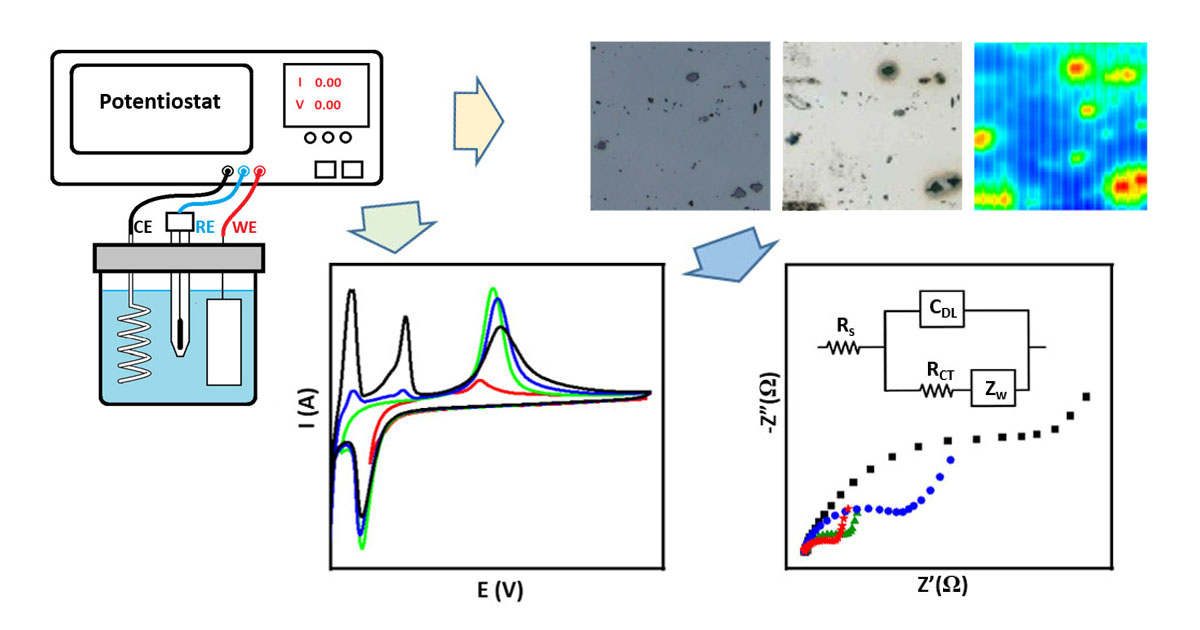Recent Progress in Corrosion Protection and Electrochemical Characterization of New and Advanced Materials
A special issue of Materials (ISSN 1996-1944). This special issue belongs to the section "Corrosion".
Deadline for manuscript submissions: 10 June 2024 | Viewed by 4719

Special Issue Editor
Interests: material characterization; microstructure; coatings; sol-gel; surface engineering; tribology; wear testing; corrosion; electrochemical impedance; electrodeposition
Special Issues, Collections and Topics in MDPI journals
Special Issue Information
Dear Colleagues,
Understanding the electrochemical properties of materials is of special importance to carry out an adequate selection, handling, and improve their service life.
In the continuous development of new materials, together with new manufacturing techniques, it is necessary that we continuously characterize their properties. However, electrochemical characterization is second in line to mechanical characterization. For this reason, the possible applications of new materials in different fields of engineering are conditioned by the absence of their electrochemical properties.
Understanding electrochemical processes and the application of coatings allows us to reduce significant economic losses, reduce the consumption of raw materials, as well as avoid the unnecessary risks associated with failures. In the same way, new developments in engineering require materials with very specific electrochemical properties, such as catalytic processes or the production and storage of energy, which must be more efficient to reduce their cost.
For all these reasons, this Special Issue aims to compile works related to new advances in the electrochemical characterization of materials, the study of corrosion and its protection, as well as new applications or developments in this field.
The topics of interest include, but are not limited to, the following:
- Electrochemical characterization of materials;
- Corrosion kinetics and passivity;
- Mechanisms and methods of corrosion control;
- Corrosion inhibitors;
- Cathodic protection;
- Protective coatings;
- Surface pretreatments.
Dr. Raul Figueroa
Guest Editor
Manuscript Submission Information
Manuscripts should be submitted online at www.mdpi.com by registering and logging in to this website. Once you are registered, click here to go to the submission form. Manuscripts can be submitted until the deadline. All submissions that pass pre-check are peer-reviewed. Accepted papers will be published continuously in the journal (as soon as accepted) and will be listed together on the special issue website. Research articles, review articles as well as short communications are invited. For planned papers, a title and short abstract (about 100 words) can be sent to the Editorial Office for announcement on this website.
Submitted manuscripts should not have been published previously, nor be under consideration for publication elsewhere (except conference proceedings papers). All manuscripts are thoroughly refereed through a single-blind peer-review process. A guide for authors and other relevant information for submission of manuscripts is available on the Instructions for Authors page. Materials is an international peer-reviewed open access semimonthly journal published by MDPI.
Please visit the Instructions for Authors page before submitting a manuscript. The Article Processing Charge (APC) for publication in this open access journal is 2600 CHF (Swiss Francs). Submitted papers should be well formatted and use good English. Authors may use MDPI's English editing service prior to publication or during author revisions.
Keywords
- corrosion protection
- coating
- electrochemical behavior
- corrosion inhibitors
- passivation
- EIS






